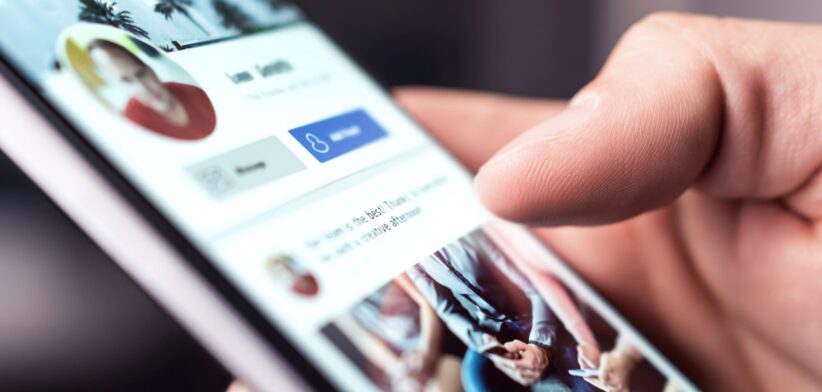Almost half of Australian students cannot tell if “friend” requests are real or scams and many can’t tell the difference between fake and real news.
The Optus Digital Thumbprint survey of more than 1000 students across Australia also found more than a third struggled with cyberbullying.
Optus Managing Director Customer Success Maurice McCarthy said the survey looked at the biggest challenges students faced online.
Mr McCarthy said almost one in two students struggled to figure out whether approaches from “friends”, or online messages were credible or a scam and more than 40 percent found it hard to tell the difference between fake and real news.
He said the number one challenge for almost 36 percent of students being cyberbullied was understanding why they were being targeted, with more than 34 percent of students ranking their second biggest challenge as knowing how to protect themselves from cyberbullies.
“Students were also asked about cyberbullying and how it affects them.
“They revealed during the Digital Thumbprint workshops that there is a great deal of mental stress that they suffer because of this.”
Mr McCarthy said the Digital Thumbprint program supported digital safety and wellbeing with educational workshops, guides and resources for young people and families.
He said the program included free, curriculum-aligned workshops that were fun and interactive.
“These workshops are delivered face-to-face by one of our facilitators or via digital interactive workshops.”
He said in addition to the facilitator-led sessions hosted in schools, a dedicated website had free resources for young people, families and teachers.








